Home
KASHBA Asiatica
Ais Loupatty
Ton Lankreijer
Staalstraat 6
1011 JL Amsterdam
Open 12:00 – 17:00
Zondag / Sunday 14:00 - 17:00
GESLOTEN / CLOSED
16 okt - 5 nov '25
Contact:
31-20 - 6 23 55 64
06 - 588 41 370


1.
Food, utensils, shelter - man is eternally amassing and gathering to survive. A basal activity that is also translated metaphorically: gathering knowledge, experience, courage. Or even people. Longtime gathering meeting and were interchangeable. In the beginning, however, collecting hunting was mainly associated with .

Nowadays a collector is, according to Wikipedia ‘a person who, as a hobby or pastime, builds up a collection of a certain type of objects.’ From condition for survival to trivial activity, it seems.
Also dictionaries tend to describe collecting as ‘a hobby of someone who collects something as a pastime or as an investment.’
Vladimir Nabokov
There is a lot to be said against these indifferent definitions, I think. A passionate
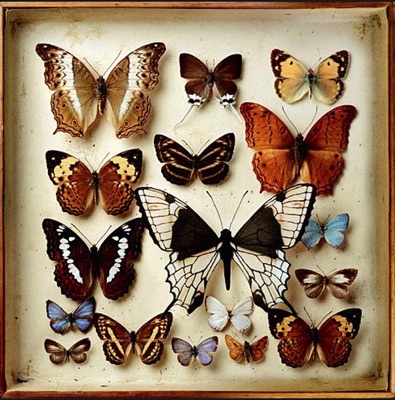
2.
If you consider how many- if not too many - walls, iron bars and other surveillance systems man builds worldwide, then Schopenhauer must have hinted at a different value when stating that it is only after loss that one realizes the value of things.
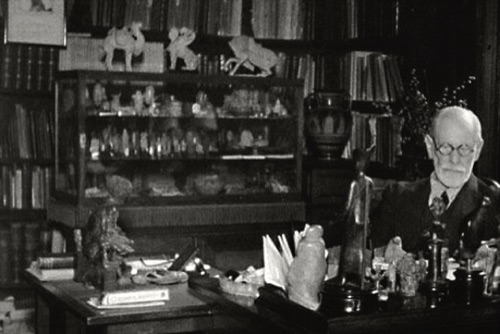
By collecting and keeping beautiful objects that predecessors eventually also had to let go, a collector may realize more than other people that security is just as impossible a concept as eternity and how the two overlap.
Nothing and nobody stands the test of time. But that does not necessarily make it easier to let go.
As Marcel Proust put it: ’Even when one is no longer attached to things, it’s still something to have been attached to them.’
You may still cherish a collection of ex-attachments.

After years of nagging debate, a collector settled with his wife that an object would only enter the house if one of equal size left.
The day we delivered a Tibetan cabinet, we were to take a colonial, cedar blanket chest with us. Once we stood with the box in the hallway, the elderly man resolutely gestured up the stairs. The chest that his father had brought from the old colonies, might in the end just as well stay in the attic. His wife threw her arms in the air and walked away, grumbling:
‘I knew it!’
3.
Full attention is without comparison, without memory, without ego. Or as an Indian sage once put it: ‘Beauty is, when the self is not.’
Collectors take their collection very seriously, but not per se themselves as well. Only the big egos among them try to rule over their grave and to freeze their collection into a mausoleum.

Every collector knows that he is only a temporary keeper – as transient as that which he is trying to protect. Indeed, sometimes that is precisely what thrills him: that an object defies decay in spite of its vulnerability.
Most museums stem from private collections. The task of a museum, according to the general public, is to monitor and preserve our cultural heritage - whatever and whose-ever that may be.

4.
Because the non-collecting majority is only familiar with existing public collections, the fixed idea still dominates - maintained by decades of art versus kitsch shows on television - that old art is actually the most valuable.

Eye for quality is in general poorly developed — some are even a bit afraid of modern art — so age is a welcome clue (even though there is a lot of old junk and taste changes endlessly). If collectors thought likewise, ‘our culture’ would quickly come to a halt.
A maliciously entertaining consequence of this I once saw on Chinese television. A programme gave people the opportunity to present their porcelain to a jury of experts.

If the five experts behind the little table opined that the object was not antique – which is extremely difficult to ascertain for porcelain without any provenance - they gave it a whack with the hammer.
Of course, everything at the service of the ratings. However, the hammered in, implicit message is: new cannot have any value — while everybody knows that monetary

’The mob doesn’t have the guts,’ quipped a young collector, ‘to buy a Warhol while he's still alive.’ It wasn’t clear whether he speculated on the value of the work or on the death of its maker.
This agitated type of collector pretends insight but merely buys tickets in the lottery called art market.
Old or new, famous or unknown, from here or from far away, of wood or of gold, just as with the stock exchange where he may have come into his money, there is no list of cunning certainties.
Unless shrewd investors create the criteria themselves, of course, as with the massive purchase of Damien Hirst’s art by a club of Russian business friends some years ago.
If it is about experiencing art, there is no authority outside yourself. Just learn to look… by looking closely.

Once an art loving friend returned from an exhibition of a private collection. 'From every great name in the book he had purchased one work. Incredibly clever how he had managed to pick that one Monday–morning painting from each well-known artist.’
5.
A genuine collector obviously responds to changing times and circumstances. Whenever necessary, he wheels and deals with parts of his collection in order to have and to hold. And, of course, with him his collection changes.

Once a collection ends up within the walls of a museum, maintenance suddenly becomes the mandatory procedure. Even within an institution, however, stagnation leads to decline and is therefore more disastrous than a temporarily de-collecting manager.
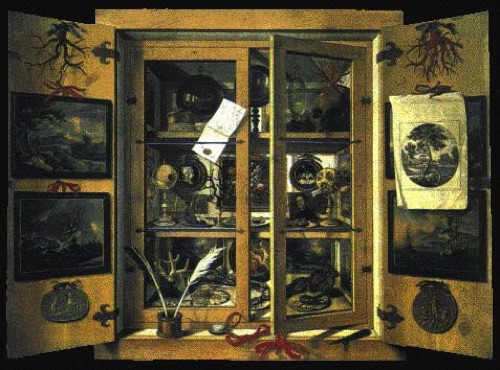
Thus, the Geological Institute of the University of Amsterdam — with a wealth of rocks — disappeared as well as the colonial Nusantara Museum in Delft — to name but a few examples from the past decades.
No one can take himself so seriously that he pretends to live forever — nor can institutions such as a temple, church or museum.

Upon entering the house of the elderly collector you passed a small row of Russian Orthodox icons in the hallway: a kind of shortened Via dolorosa of four small, crackled wooden panels.
When the admiring visitor was ready to move on, his little moment had come: ‘By the way, which of the four do you think I painted myself?’
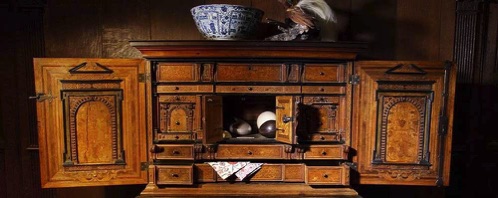
6.
Only royalty and churches kept treasure-chambers of art and books in the ancient times. Some describe the subsequent middle ages as a time of repentance and preparation for death. Others summarize the era with: the church kept humanity ignorant and the nobility kept them poor.
In 16th century Europe some wealthy burghers set up a Wunder-kammer, with initially mainly eccentric naturalia: from dried plants, corals, ammonites and shells to stuffed animals.

During the Golden Age in Holland the ports of Amsterdam and Rotterdam traded shiploads of porcelain, silk and spices, but also the first exotic ethnography: spears and masks, ancestral statues and netsukes…
Rich merchants and burghers kept in their living room a cabinet de curiosités. Sometimes they even gave orders and advances to out-sailing captains and sailors.
In the early 18th century Samuel van der Putte, the 'Mandarin from Middelburgh’, still gathered mainly spices, dyes and stones. Yet, a keen interest in artistic, exotic objects had arisen during the Dutch Golden Age.
A notice in De Amsterdamse Courant of October 11, 1695, offers a substantial reward for finding a lost sailor’s chest. Besides dirty laundry it clearly states what else ought to be in there: porcelain vases, bird’s nests, bow and arrow, box with silverware, Japanese writing box, tea table, exotic fabrics –– it could have been a Kashba-box.

Collecting underwent a gradual rise and development which - even more gradually - was reflected in the domestic interior.
With the increasing prosperity and security the cabinet of curiosities came out of the closet. At first it became part of the best room, later of the main living room.
And with collectors usually throughout the rest of the house as well.
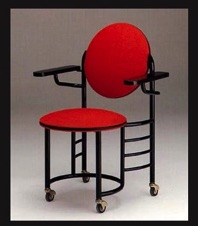
7A
My breath halted. In the Beurs van Berlage there was an exhibition about the multitalented architect Frank Lloyd Wright. Amidst his airy, sometimes downright cheerful creations, the curators had displayed some Dutch living rooms from the same period. Behind a screen I chanced upon my parental nest. Gulp.
Heavy oak furniture, red upholstering, a strip of carpet running through the

7B
At the time of the exposition a bent old woman invited me to her housing estate apartment at half an hour 's bike ride from the centre of Amsterdam. From the hallway I could look into the living: completely in Chinese style. From rosewood furniture to the square wooden lamps with paper and tassels.

Her shielding body language made it at once clear that after one wrong remark I could forget the purpose of my visit. So I tried to put on a happily surprised face. With the words This happens to be what I like! she firmly pulled the door shut.
The rest of the hour we spent in the space where she apparently stayed most of the time: a small

‘If someone comes to visit, I want him to think: hey, nobody lives here.’
After some conversation, I did find it fitted him.
He was employed by an exalted shoe salon where a single wrong

7D
In a suburb of Amsterdam, some twenty years ago, I stepped into the rather empty living room of a surgeon. Sofa, carpet, curtains – everything stern and white. Any move could but foul the white interior, so I halted and wondered just one thing: where do these people eat?
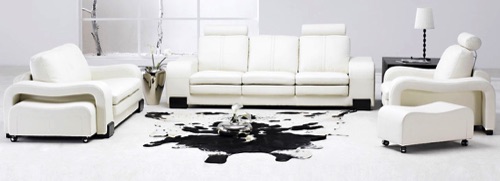
Through the big glass sliding doors the exuberant garden whispered: ‘Whooooooo’s afraid of red, yellow, blue and greennnnnnnn…..!
The only confession of colour hang in the hallway: a firmly framed paint-explosion by Karel Appel. It sat in the white wall like a sharp cut.

Modern interiors often evoke waiting rooms of bank buildings: sleek and empty. Expensive modern interiors often reminiscent of waiting rooms of asset management funds: sleek and empty.
As if the residents extend their from mysophobia shining taste – and this is the kitchen then? – to the living area.

Their styling is not so much about furnishing as it is about banishing. The banishment of sand, insects, bacteria, dirt, in short, all the mud from which this globe is built and gives us life.
8.
Sometimes you entre a living room and instantly the - long-standing image you have had of the occupant tilts; suddenly you realize once again how biased you can be.
It also happens that someone invites you in and while chatting you try to grasp the interior. Whether it's messy, tightly organized or rather empty, it takes effort to see behind the collected furnishings.

Experienced hosts know that guests look around - if not spy. And vice versa guests know that the host decorated his space accordingly. In doing so, he creates himself an image within which and according to which he behaves. The visitor recognizes this pingpong game and reacts with small verbal effect balls - but then we find ourselves at a family anniversary or an artsy fartsy party.

Sometimes you step into a living room and think at once: yes! Residents and interior are one whole, here flourishes a balanced atmosphere - regardless of mess or order.
The living room bears witness to their lives, their history. Here and there you notice collected memorabilia that intrigue by the stories that shine through. Also whatever art they

9.
Not every text about collecting necessarily has to refer to Les glaneurs et la glaneuse by Agnès Varda, but why bother to avoid it. Her beautiful documentary about the gleaner in the old sense of food-collector is indeed much more than that.
She starts the hour-long documentary with a search for paintings of the poor men and women who in previous centuries followed the harvesting farmer in order to gather and keep the grains that were left behind and ends with people who search a Parisian market for discarded fruit and vegetables. Also other kinds of waste-collectors are shown.
Along the way you understand that with la glaneuse she refers to herself.

Upon leaving the cinema I at once planned to follow a piece of jewelry from its making until it would fall apart and return to the melting pot.
Promptly I found myself looking at a wide, horizontal book in which you could see on each spread how a brooch, ring or pendant moved from painting to photo, from female to male and vice versa, from 17th, 18th, 19th to 20th century— all within the British Royal Family.
Amazing to watch how each ornament continued to sparkle while the blue-blooded background was completely interchangeable. It showed (wo)man as wrapping paper for material goods – very refreshing.
As Oscar Wilde called from his deathbed to the wallpaper in his little guesthouse: ‘This wallpaper and I are fighting a duel to the death. Either it goes or I do.’

‘Even when one is no longer attached to things, it’s still something to have been attached to them; because it was always for reasons which other people didn’t grasp… Well, now that I’m a little too weary to live with other people, these old feelings, so personal and individual, that I had in the past, seem to me – it’s the mania of all collectors – very precious.
I open my heart to myself like a sort of vitrine, and examine one by one all those love affairs of which the world can know nothing. And of this
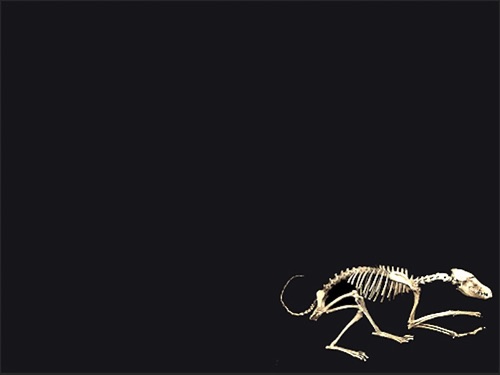
10 feb. 2015 18:42
.
From there to here and onwards...
Below you may read the text that goes with
these pictures taken by collecting customers themselves.
soul who feels called upon to save and protect cultural, artistic, philosophical, scientific or visionary expressions — everything of value is defenseless — I would not call such a person a hobbyist.
In short, collecting became a collective term. Possibly only the intention still colours the previously basal activity in a metaphorical sense — different with each person. Also resulting in this modest collection of ten sketches.
The prevailing opinion seems to want any 'important' collection —vacuum sealed by a thick layer of epoxy resin — sent into eternity.
As if their children cannot have ownership, understanding and creation themselves. An apparently worldwide attitude, by the way.
‘What your ancestors accomplished, is of great knowledge and wisdom, mind you!’ Sometimes it seems that the emphasis on knowledge of history is inversely proportional to the confidence in future generations. Every man’s censure is first moulded by his own nature.
The 19th century Professor of Indonesian languages and ethnology T.J. Bezemer wondered aloud how threatening and decisive the wrath of the ancestors could be if almost any shaman could deceive them with the right ritual.
Not really different from how any testamentary collection can be forced open with the right lawyer. Nothing is eternal, nor is a collection.
value only arises from scarcity. Roman glass e.g. is relatively cheap because there is rather a lot of it.
Without doubt such programmes are sponsored by the local united antique dealers; disguised as experts they ensure that the provided information remains trivial. For the record: some BBC-programmes form a pleasant exception to this rule.
A few years back I watched a BBC series that examined one work of art in each episode: creator, period, restorations, applied techniques, etc. When asked how much of the collection was in fact not original but had become old over the years, the curator of the V & A Museum estimated the number at thirty percent.
middle... the sight grabbed me by the throat, it was still too close.
Domestic scenes jumped up from memory. But simultaneously I realized for the first time how hard my late father must have worked for this – slightly more expensive – furniture in order to grant his children a sense of modernity in the simple, overpopulated worker’s home.
side room containing a large swivel chair, two metres away from a huge tube, surrounded by piles of children's clothes and bowls with skeins of wool, piled up like cream puffs waiting for liquid chocolate.
7C
A newcomer in our neighbourhood put everything that his predecessors had left behind – loose, fixed or cemented - smack out on the street. A domestic demolition was the intention.
shoe lace could be a fatal blunder. Not daring to choose then comes down to choosing emptiness.
collected, whichever way it stands or hangs, wherever it originated from, an exhibition curator would not get close, try as he might.
For instance, I once looked at a wall that was adorned with a unique, antique jewelry collection and an inflatable plastic thermometer with a handwritten poem tied to it.
This gets close to the much desired originality and authenticity for which global brands hire advertising agencies. The most original item they usually come up with is their bill, for authenticity cannot be cultivated.
You do not slide a new, authentic interior into your house every year only to replace it the following spring by another original and authentic display. Last year a collection of old boxes, dried branches and old suitcases, this year a collection of Indian bronze pots with small stone altars and low tables.
10.
collection to which I’m now much more attached than to my others, I say to myself, rather as Mazarin said of his books, but in fact with the least distress, that it will be very tiresome to have to leave it all.’
Marcel Proust
À la recherche du temps perdu
All photographs and texts ©Kashba Ais Loupatty & Ton Lankreijer.Webdesign:William Loupatty

